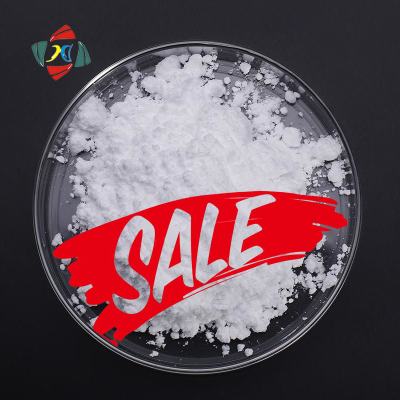-
Categories
-
Pharmaceutical Intermediates
-
Active Pharmaceutical Ingredients
-
Food Additives
- Industrial Coatings
- Agrochemicals
- Dyes and Pigments
- Surfactant
- Flavors and Fragrances
- Chemical Reagents
- Catalyst and Auxiliary
- Natural Products
- Inorganic Chemistry
-
Organic Chemistry
-
Biochemical Engineering
- Analytical Chemistry
- Cosmetic Ingredient
-
Pharmaceutical Intermediates
Promotion
ECHEMI Mall
Wholesale
Weekly Price
Exhibition
News
-
Trade Service
Doxepin is a tricyclic antidepressant medication that has been used to treat depression, anxiety, and various other conditions for several decades.
The chemical synthesis of doxepin has undergone various improvements over the years, leading to the development of several synthetic routes.
In this article, we will discuss some of the most common synthetic routes for doxepin and their relative advantages and disadvantages.
- The classic route: The most traditional route for the synthesis of doxepin involves the condensation of diethylbarbituric acid with chlorpromazine in the presence of a solvent such as ether or benzin.
This route is well-established, but it requires the use of hazardous and expensive reagents, such as diethylbarbituric acid, and can lead to low yield. - The amine route: Another common route for the synthesis of doxepin involves the condensation of aniline with formaldehyde in the presence of a catalyst such as sodium hydroxide.
This route is more cost-effective and less hazardous than the classic route, but it requires the use of formaldehyde, which can be toxic and carcinogenic. - The Halogenation route: A newer route for the synthesis of doxepin is the halogenation of N-methylaniline, which is then reacted with an aromatic aldehyde.
This route is less hazardous and less expensive than the classic route, and it has been found to be more efficient and offer better yields. - The Mannich route: This route involves the condensation of aniline with formaldehyde and an aromatic amine in the presence of an acid catalyst.
This route requires the use of less hazardous reagents than the classic route, and it is more cost-effective, but it requires strict control of the reaction conditions. - The Pestanese route: This route is the condensation of N-methylaniline with chlorpromazine in the presence of a solvent such as ether or benzene.
This route requires less hazardous reagents than the classic route and is more cost-effective, but it requires strict control of the reaction conditions.
In conclusion, the synthetic routes of doxepin have undergone various improvements over the years, with each route having its own advantages and disadvantages.
The choice of route depends on the availability of reagents, the cost, and the safety of the reaction conditions.
The halogenation route is considered to be the most efficient and cost-effective route for the synthesis of doxepin, and it is becoming increasingly popular in the chemical industry.







